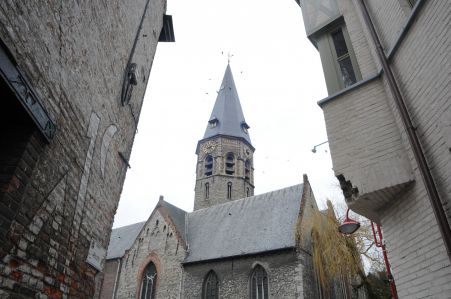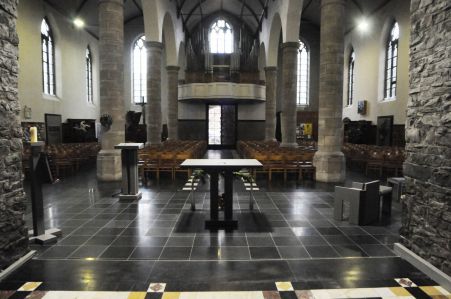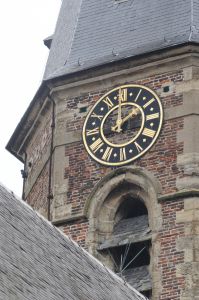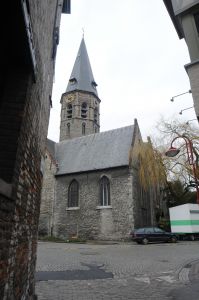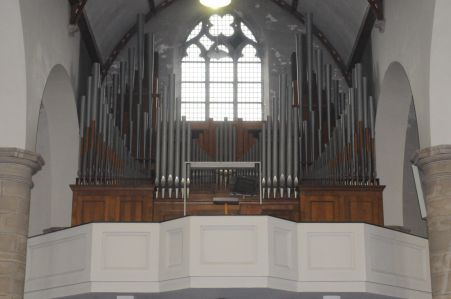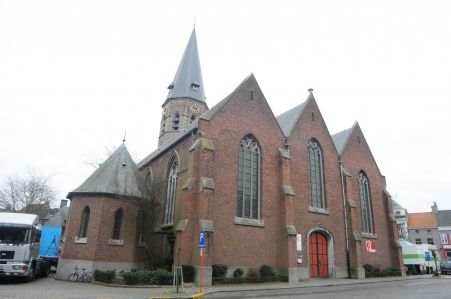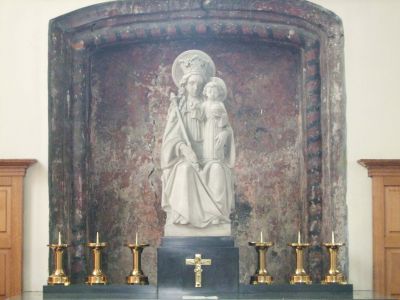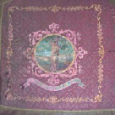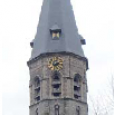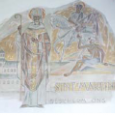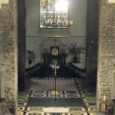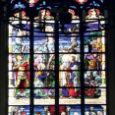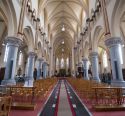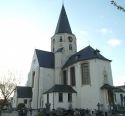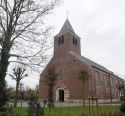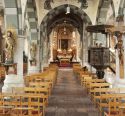Church | XIII-XX | Neogothic | Catholic Church


Map
Opening hours
01 January - 31 December
Mon 9.00 - 16.00
Tue 9.00 - 16.00
Wed 9.00 - 16.00
Thu 9.00 - 16.00
Fri 9.00 - 16.00
Sat 9.00 - 16.00
Sun 9.00 - 16.00
Religious offices
Description
This church with three naves and its octagonal tower at the transept crossing has Romanesque parts in the chancel and the tower dating from the 12th century. The lateral tower is in 14th century primitive Gothic.
There were several changes in the 17th and 19th centuries. In 1864 the neo gothic nave was added. Unfortunately in 1944 the interior was badly damaged by fire but in 1948 the church was embellished with a new west façade, the baptistery and stained glass windows in the chancel.
Between 1950 and 1960 the interior was refurbished and new furnishings added such as oak panelling, confessionals and stalls. Fine frescoes represent the patron saints of the church, Peter and Martin. In 1992 the pastor and Artist Omer Gilliet donated the “four artisans “which is found at the end of the church.
In 1999 during the 1275 anniversary of Assende the south facade was given a new edge.
In front of the church is a pillory and the arms are of the gentlemen artisans of Assenede.
KIKIRPA : Photo-library online
Discover the Assene churches route
Leaflet (NL)
Photos
Media
Remarkable elements
Banner and guilt board
The St.Sebastian’s Guild in Assenede has been there since the Middle Ages. Both the banner (1813) and the guilt board (1774) are a reference to this. Both bear the image of St. Sebastian, the patron saint of the archers, tied to a post.
Crossing tower
The lower sections of the crossing tower are part of the oldest parts of the Romanesque church. These parts date back to the mid-13th century, around 1242, and gained protection as a monument on July 3 1942. They are made of irregularly placed Tournai stone. The strong character of the tower is a factor in the appearance of the interior.
Murals
The murals on the upper walls of the transept portray St. Peter and St. Martin, the two patron saints of the church. Two other patron saints could be found on the exact same place before the fire destroyed it in 1944. The new images were painted by Michiel De Loore in 1964, when the indoor restorations started. De Loore was a docent at the Sint-Lucas school for Arts in Ghent.
High altar
The high altar in the choir is made of black marble and was part of the furniture created in 1950-1960 by A.R. Janssens. The new liturgical centre was adorned with an altar and furniture in grey stained oak in 2009.
Stained glass windows
The stained glass windows that adorned the Gothic windows of the choir and the transept were, like many other artefacts, lost during the fire of 1944. Those windows were gifted in 1932 by Cruyl and Van Hear Beeke, two important brewer families. The originals were restored to their original state after the fire, by the studio Coppejans in Ghent, the same studio who was in charge for the originals.



